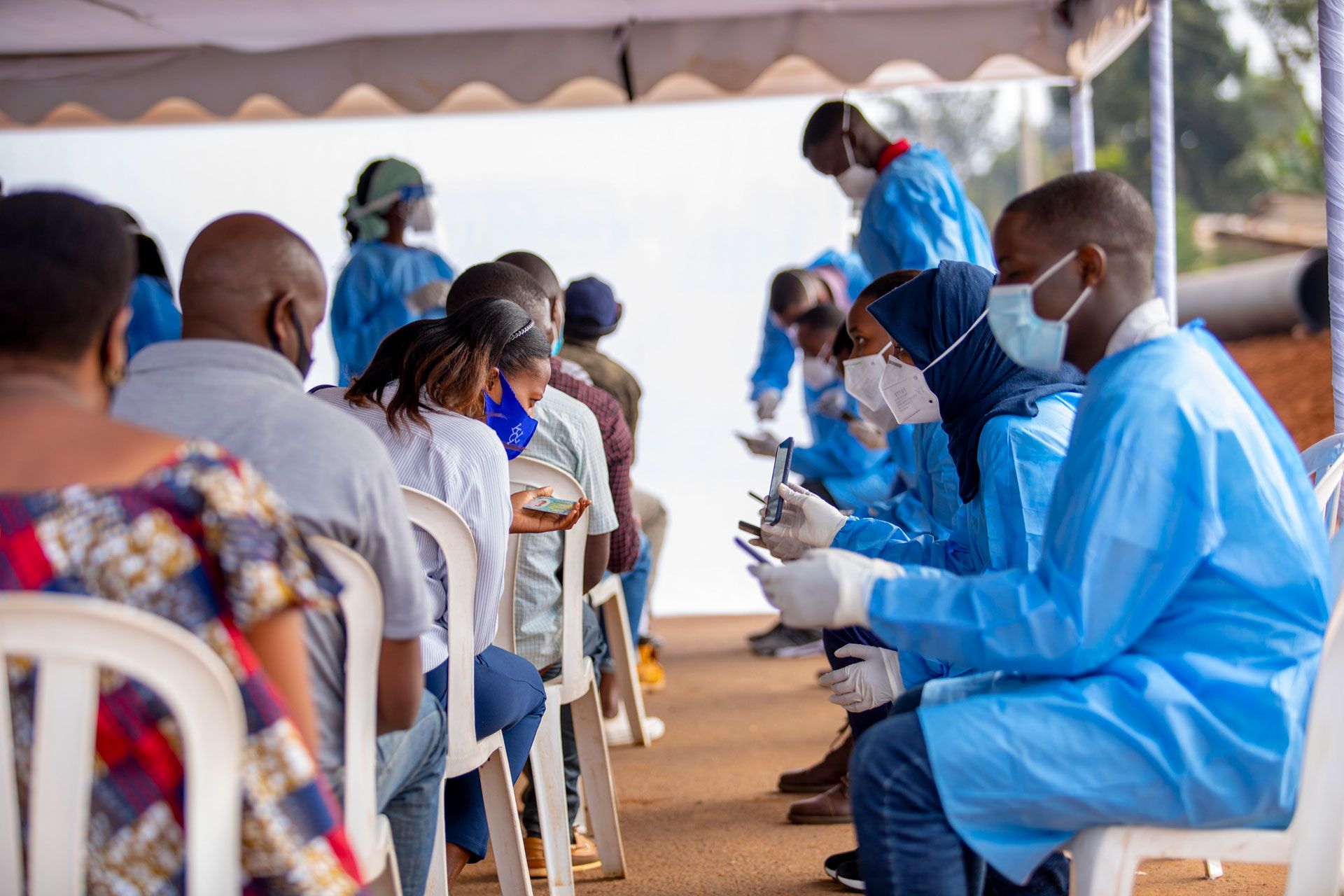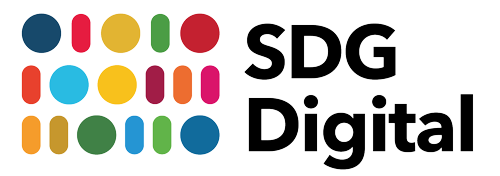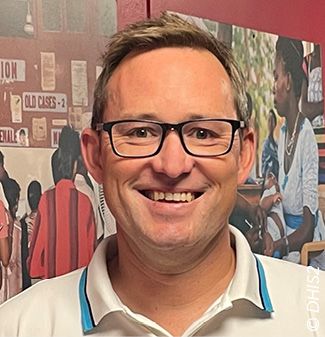
DHIS2: Monitoring health in low- and middle-income countries


Sharing and analysing data is crucial to ensure good health and well-being for people all over the planet. As we explore digital solutions to achieve the Sustainable Development Goals, we share the perspective of Ola Hodne Titlestad, Deputy Director of the HISP Centre, University of Oslo, on implementing global health data platform DHIS2.
Tell us about your digital solution to accelerate progress on the UN Sustainable Development Goals (SDGs).
DHIS2 is a free and open-source platform for collecting, aggregating, visualizing, sharing, and analysing data. It is designed for low-resource settings, no-code customization, and local ownership.
It is the largest health information management system in the world, used by ministries of health in 80+ low- and middle-income countries to monitor patient and population health; measure and evaluate health programme performance; inform health strategies, plans, and budgets; and carry out life-saving interventions.
DHIS2 is also used beyond health – for the management of education, agriculture, and more.
Which organization or group is behind this digital solution?
The HISP Centre at the University of Oslo develops the core DHIS2 software, produces documentation and training material, leads action on research projects related to the implementation and use of DHIS2, and coordinates implementation support for global and multi-region projects.
The HISP Centre also coordinates a network of 17 HISP groups in Africa, Asia, and Latin America that provide DHIS2 implementation, customization, development, and capacity-building support at the country and regional levels and ensure that country needs are represented in the core software development process.
How can your digital solution help put the SDGs back on track?
By supporting systematic data collection and use, DHIS2 helps national health authorities and partners manage health programmes better. With DHIS2 as a digital platform for administrative data collected countrywide, on a routine schedule (daily, weekly, monthly), over a number of years, ministries of health can plan health interventions, monitor progress against targets over time, allocate funding, and inform public health strategies with data.
This supports progress on many targets under Sustainable Development Goal 3, such as those related to maternal and child mortality, infectious diseases, reproductive health, non-communicable diseases, and universal health coverage.
Which SDGs does your project aim to address, and why?
Our primary focus is Goal 3: Good health and well-being. Since 1994, HISP has focused on meeting low- and middle-income countries (LMIC) ministries in the collection and use of health data to support progress in targeted health areas, such as immunization, HIV, malaria, and tuberculosis, and toward improved population health overall.
However, our intent in designing DHIS2 as a generic digital platform is that LMICs can also use it to address data needs in other sectors. Since 2019, we have also focused on Sustainable Development Goal 4: Quality education, working with countries to use DHIS2 for education management and more recently on the use of DHIS2 as a cross-sector e-governance platform for the monitoring of all SDGs.
What are the greatest challenges or risks you have faced in rolling out your digital solution for the SDGs?
One challenge is getting political and financial commitment for holistic approaches to SDG3 targets and health system strengthening, instead of siloed approaches. Health and well-being goals require a systematic approach with long-term core support as well as the local capacity to sustain it, not one-off tech solutions.
In addition, reaching the lowest level of health systems in LMICs is complicated and costly, requiring commitments to building and sustaining both information technology (IT) infrastructure and digital literacy.
The lack of IT architecture planners in LMICs – available to design and manage complex systems locally – is also a challenge.
What are the advantages of joining forces with ITU, UNDP and other partners to advance digital solutions for the SDGs?
HISP already collaborates closely with several international partners – primarily in global and digital health – to help countries make progress toward the SDGs. As UNDP and ITU are not specifically health-focused, joining forces can help us to support better LMIC infrastructure for broader e-governance solutions, as well as general IT capacity that health authorities and others can benefit from.
This could help address the need for country-led management of IT architecture, security and privacy planning, and integration, while enabling us to maximize the potential of DHIS2 as a cross-sector platform.
HISP Centre Deputy Director Ola Hodne Titlestad, along with Monica Amuha of HISP Uganda, presented DHIS2 during the SDG Digital event at UN Headquarters on 17 September.
DHIS2 is featured as a digital solution for SDG3 (good health and well-being) in the SDG Digital Acceleration Agenda, prepared by ITU and UNDP with knowledge partner Boston Consulting Group and support from the Inter-American Development Bank (IDB).

Credit photos: DHIS2
(Updated 18/09/2023)
